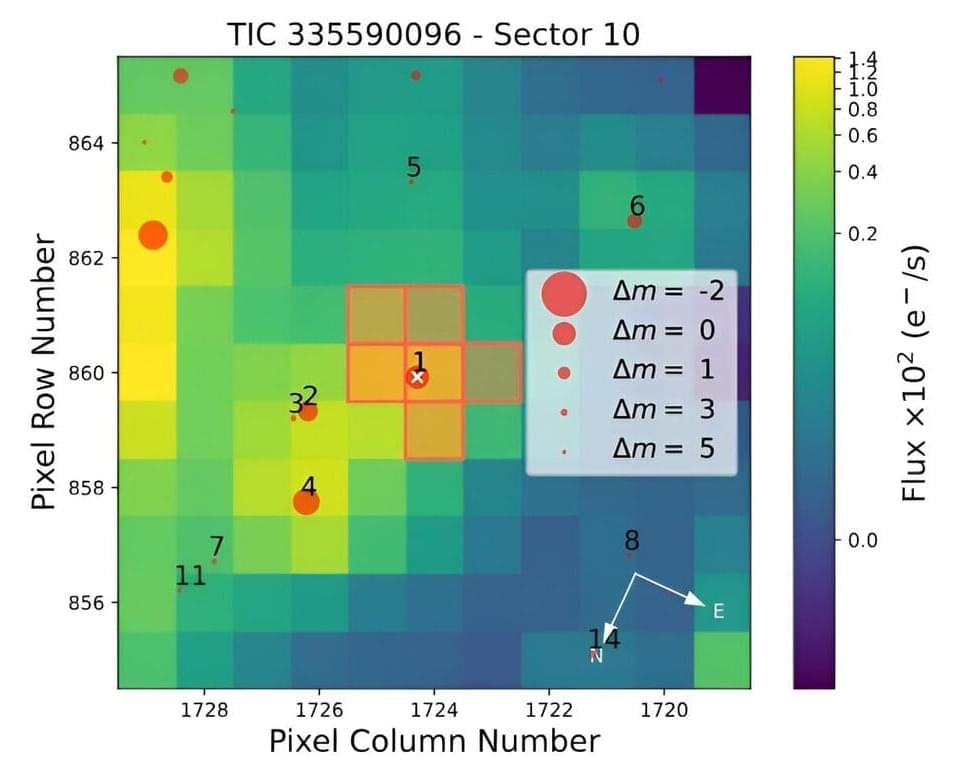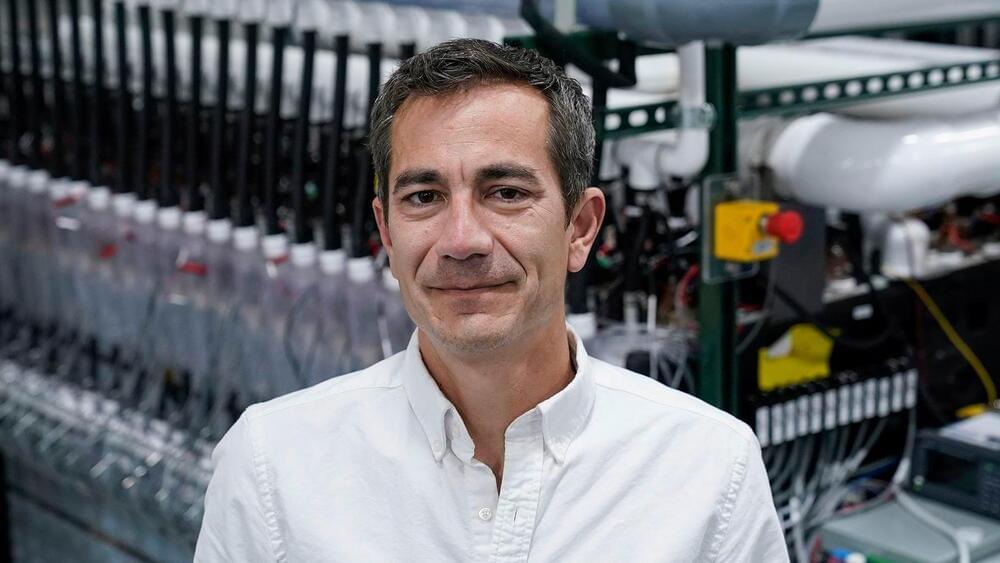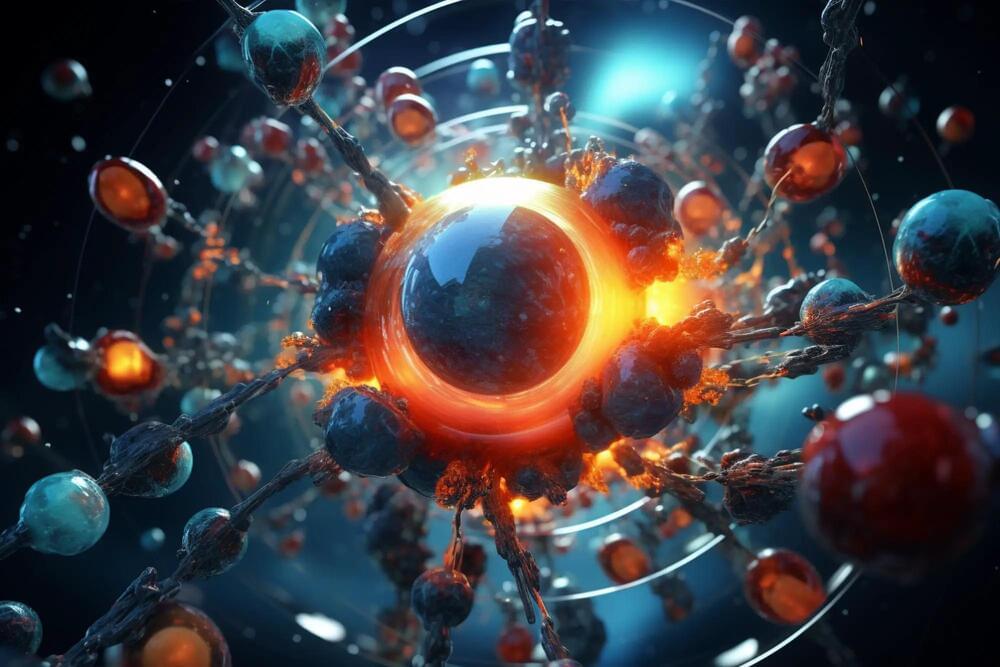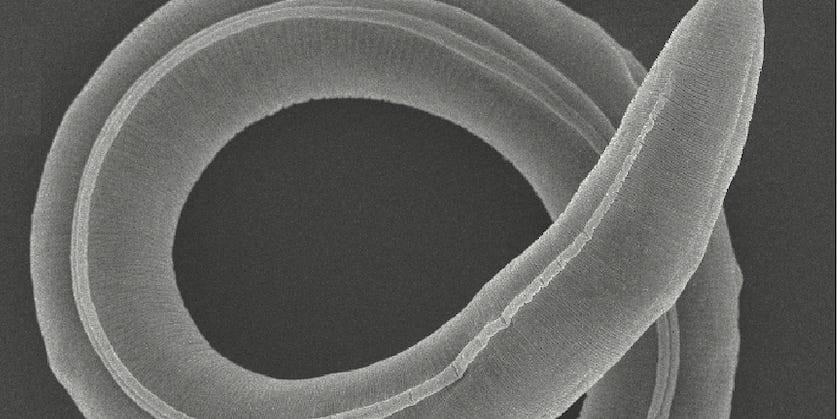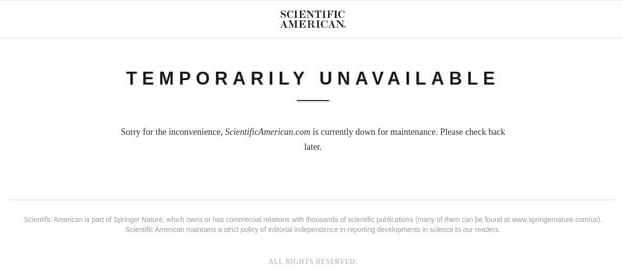Using NASA’s Transiting Exoplanet Survey Satellite (TESS), an international team of astronomers has discovered a new giant exoplanet transiting a nearby M-dwarf star. The newfound alien world, designated TOI-4860 b, is comparable in size and mass to Saturn. The finding is reported in a paper published August 2 on the pre-print server arXiv.
TESS is conducting a survey of about 200,000 of the brightest stars near the sun with the aim of searching for transiting exoplanets. So far, it has identified over 6,700 candidate exoplanets (TESS Objects of Interest, or TOI), of which 373 have been confirmed so far.
Now, a group of astronomers led by Jose Manuel Almenara of the Grenoble Alpes University in France, reports the confirmation of another TOI monitored by TESS. They identified a transit signal in the light curve of an M-dwarf star known as TOI-4860. The planetary nature of this signal was confirmed by ground-based follow-up photometric observations.
